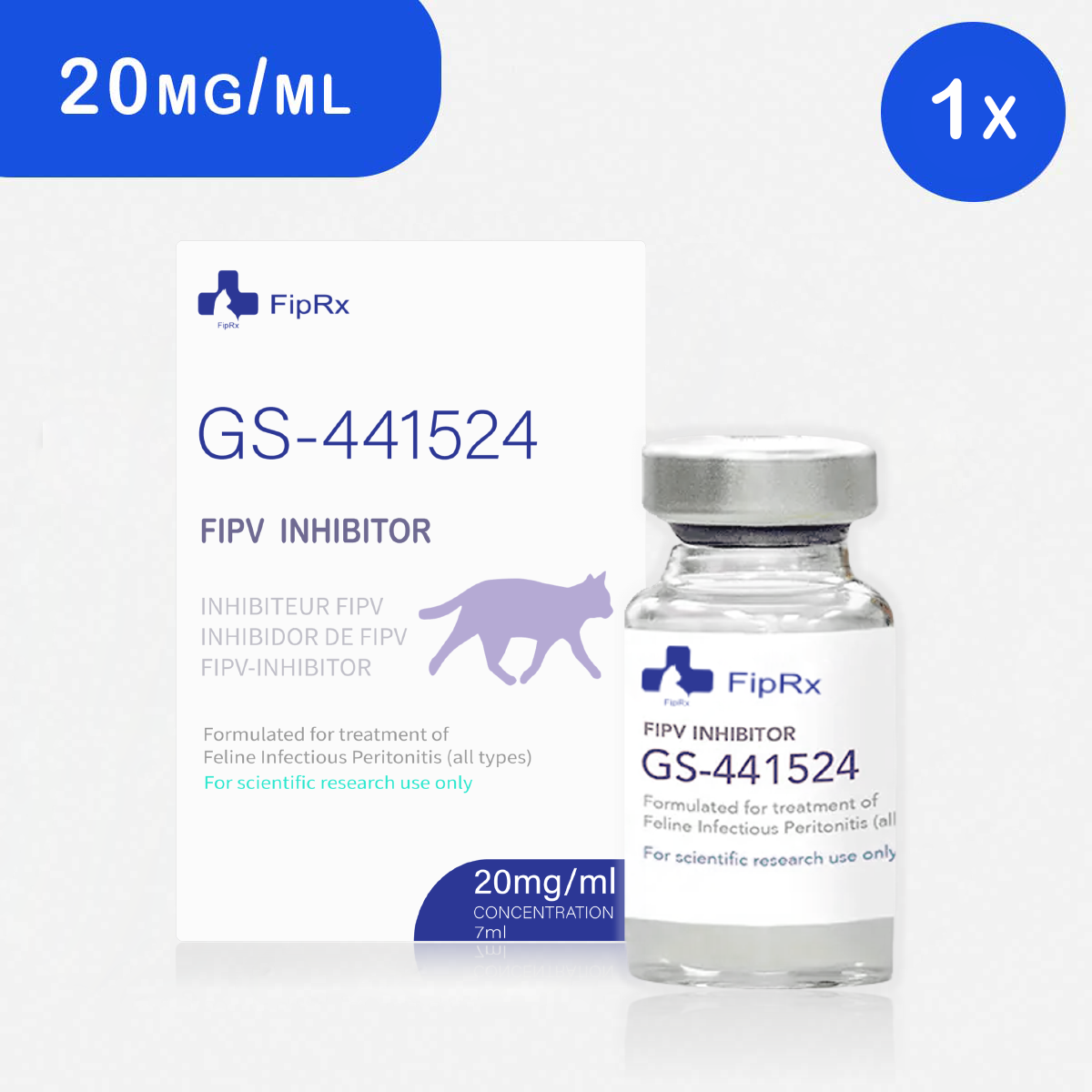FIP results from a mutation of the feline coronavirus, which typically causes severe digestive issues. However, in some cases, the virus can mutate and lead to FIP, a disease that prompts an intense inflammatory response within the body. There are different forms of the disease: wet (effusive) and dry (noneffusive), ocular and Neurological FIP.

Eye Symptoms of FIP in Cats
FIP reultses, the virus can mutate and lead to FIP, a disease that prompts an intense inflammatory response within the body.
Eye Symptoms of FIP in Cats
Eye inflammation, or ocular FIP, can be a significant indicator of the disease. Symptoms of FIP in a cat’s eyes (fip in cats eye symptoms) include:
- Redness and swelling
- Discharge from the eyes
- Changes in eye color or clarity
- Sensitivity to light
These symptoms occur because FIP can cause a type of inflammation called uveitis, which affects the uveal tract—the middle layer of the eye that consists of the iris, ciliary body, and choroid.
Diagnosing FIP in Cats
Diagnosing FIP, particularly when eye symptoms are present, involves a combination of clinical signs, history, and advanced diagnostics. Veterinarians will recommend blood tests to check for anomalies typical of FIP, such as elevated protein levels or decreased white blood cell counts. Additionally, an analysis of fluid from affected eyes can help confirm the diagnosis.
Treatment Options for FIP
The development of GS-441524-based treatments has revolutionized the management of FIP. GS-441524, a nucleoside analogue antiviral drug, has shown significant success in treating FIP, including cases with ocular symptoms (fip cats treatment). Treatment involves a regimen of daily injections or oral medications that can last for several weeks to months, depending on the severity of the disease.
1. Antiviral Therapies: GS-441524 is the cornerstone of FIP treatment. It targets the virus’s ability to replicate, reducing the viral load and associated inflammation.
2. Supportive Care: Alongside antiviral treatments, supportive care such as anti-inflammatory medications and eye drops can alleviate symptoms and improve comfort.
3. Regular Monitoring: Frequent veterinary check-ups are crucial to adjust treatment plans and monitor the cat’s response to therapy.
To conclude, Eye inflammation is a distressing symptom of FIP that can significantly affect a cat’s quality of life. However, with the advent of treatments like GS-441524, there is cure for effective management and recovery of FIP. Cat owners should watch for early signs of FIP and eye issues and seek veterinary care promptly to address this complex disease.
UP TO
77% off
Select products

